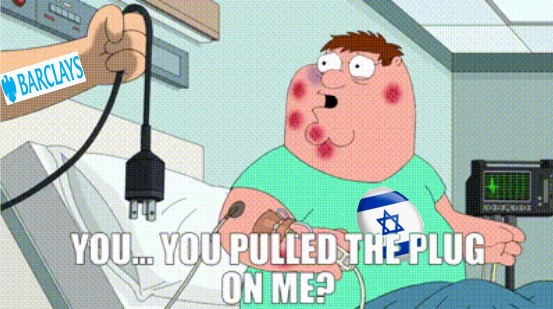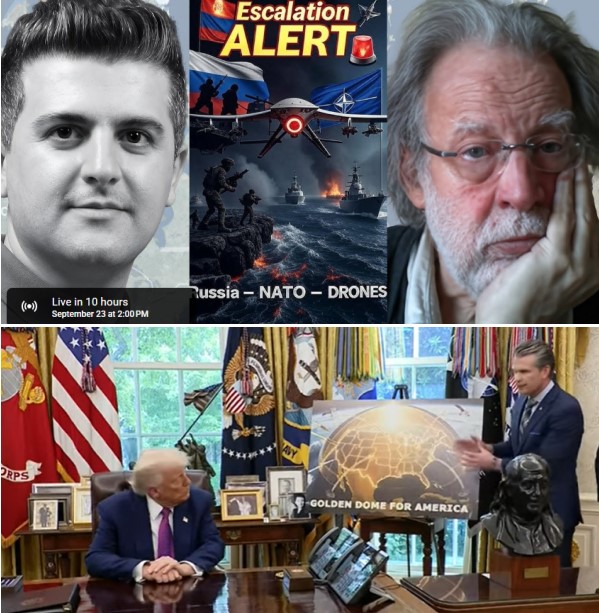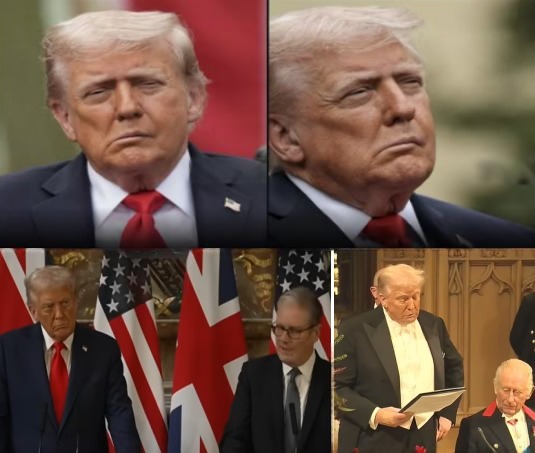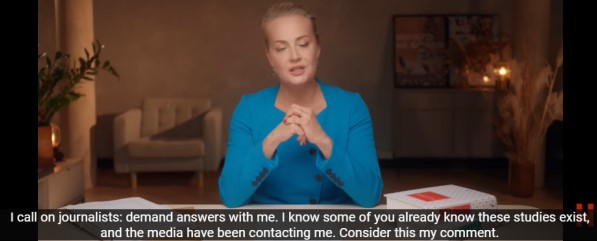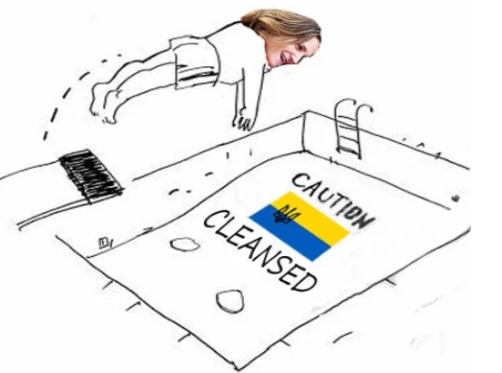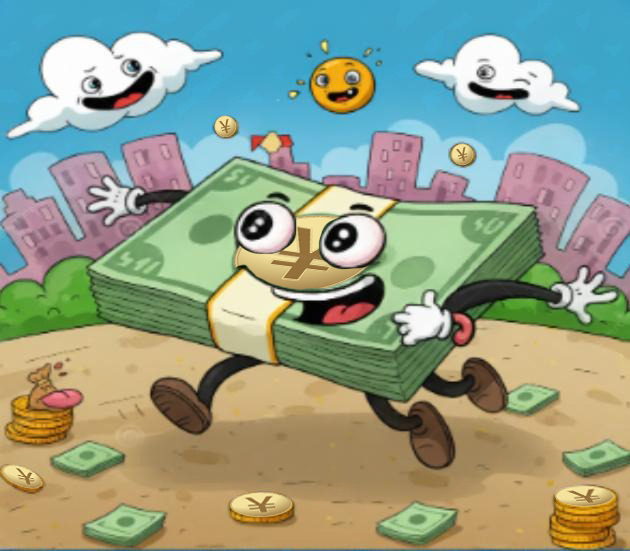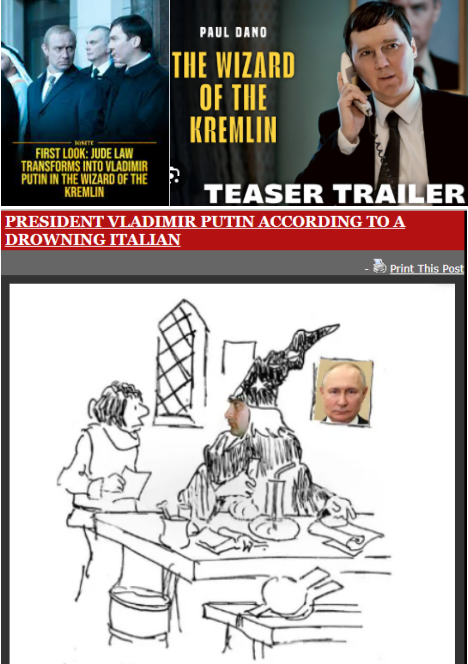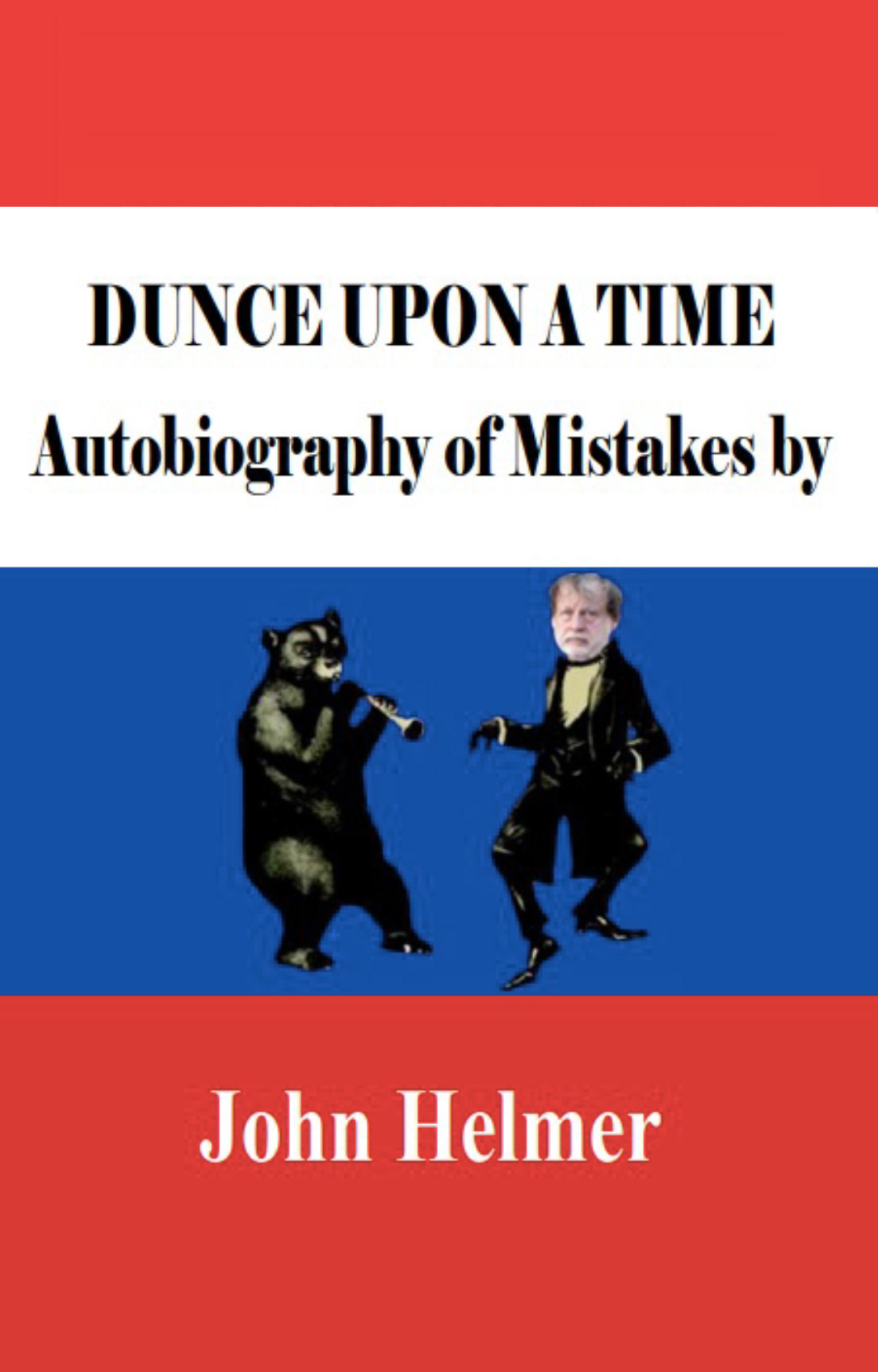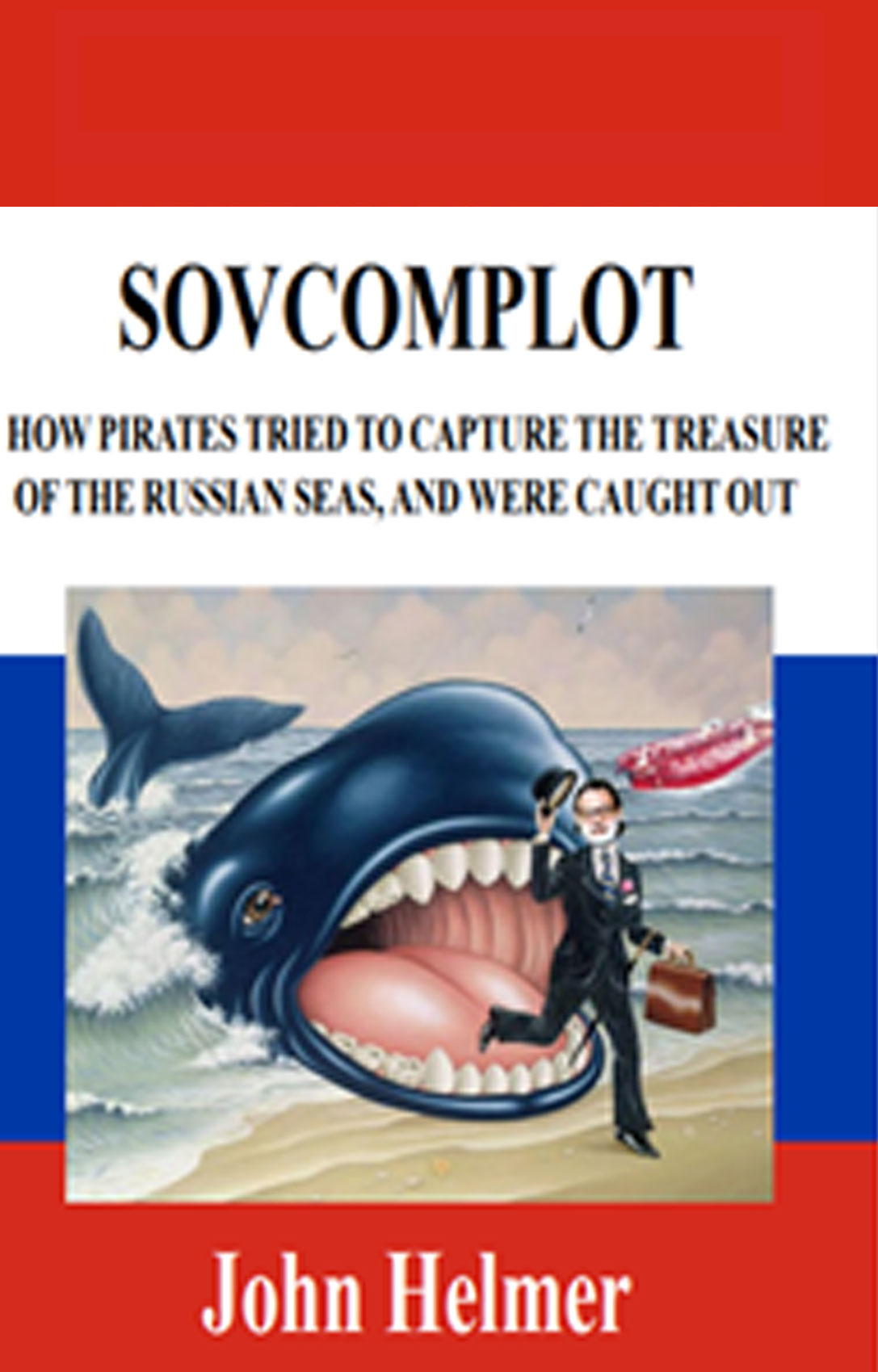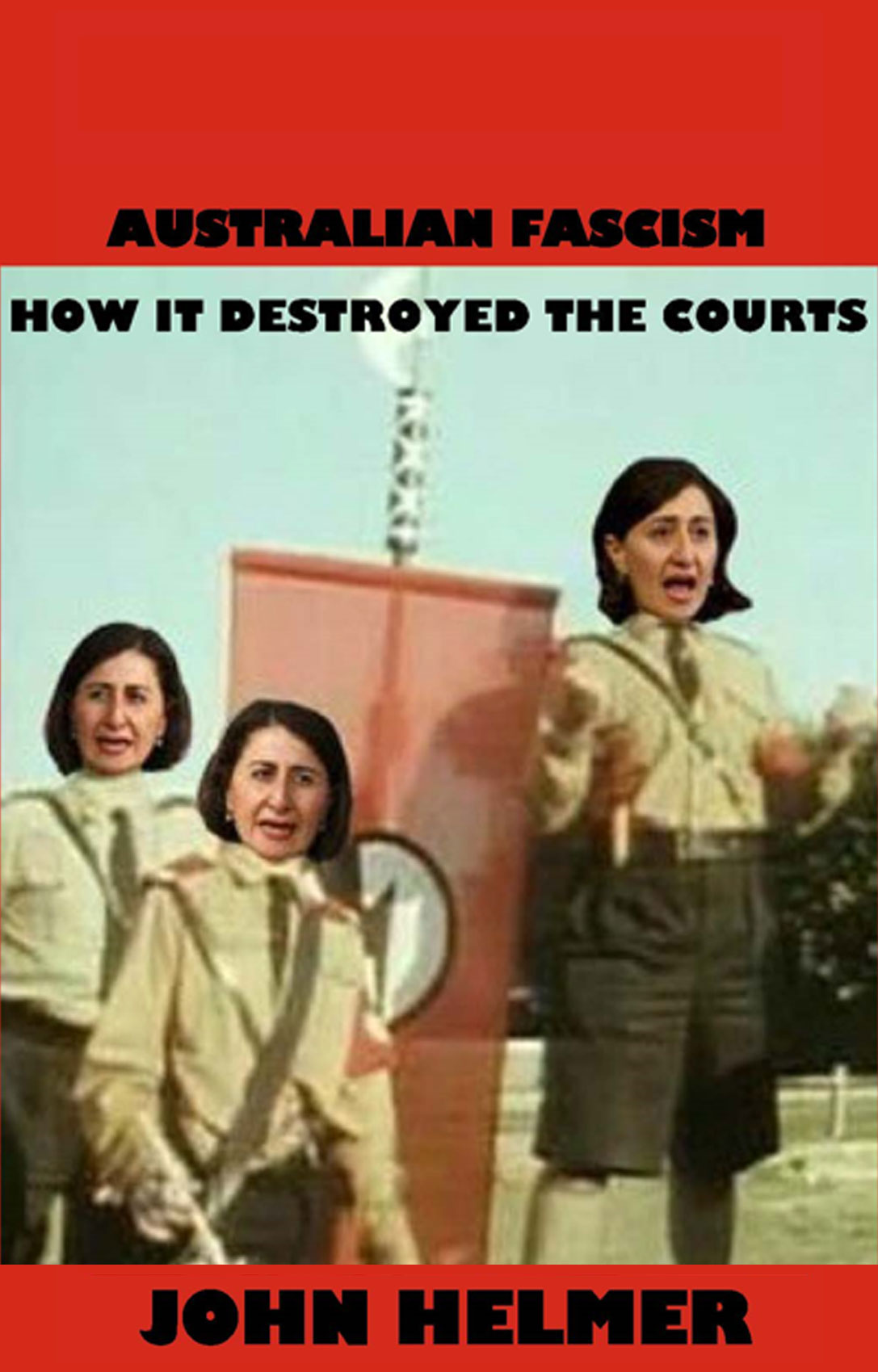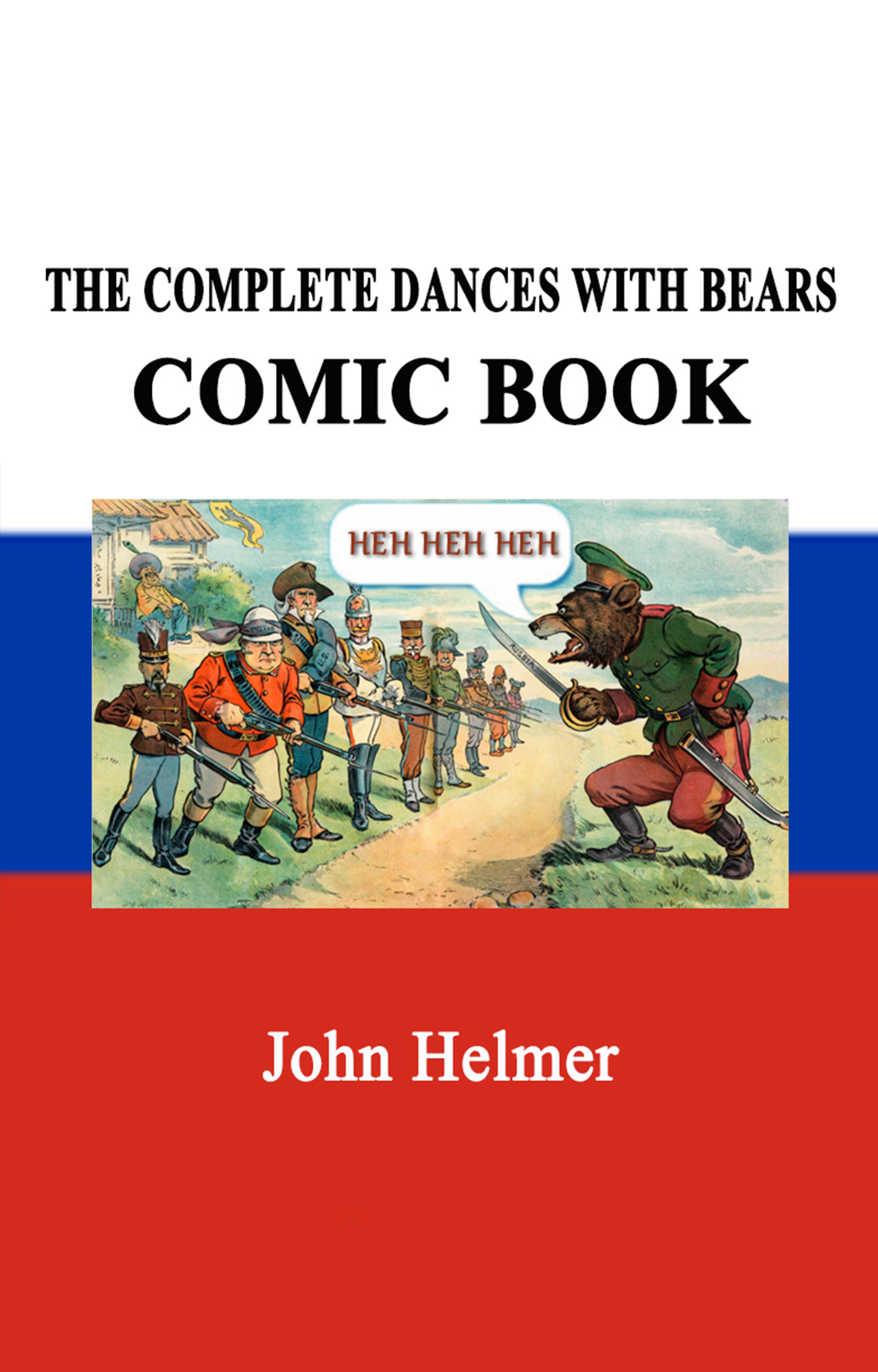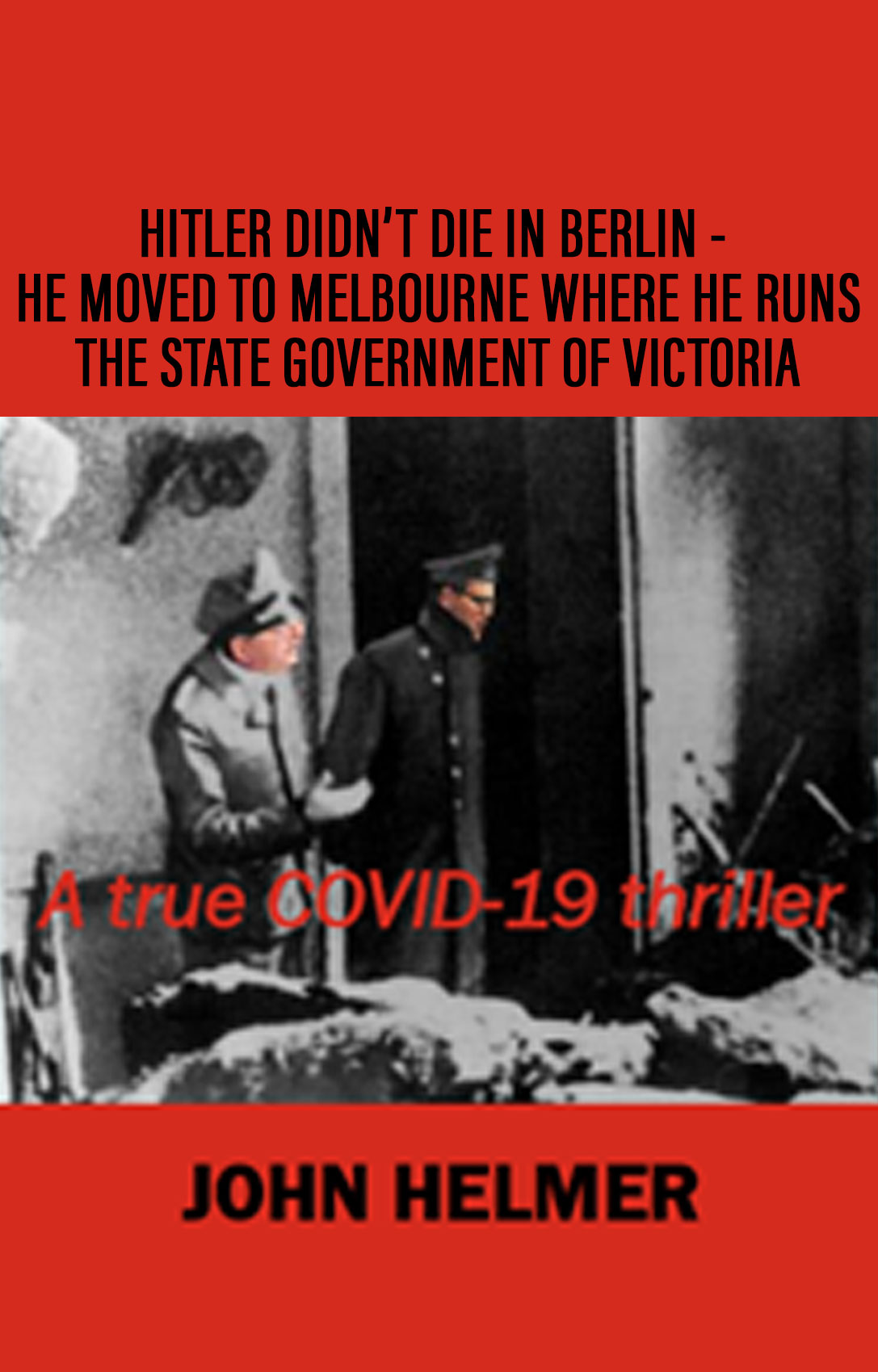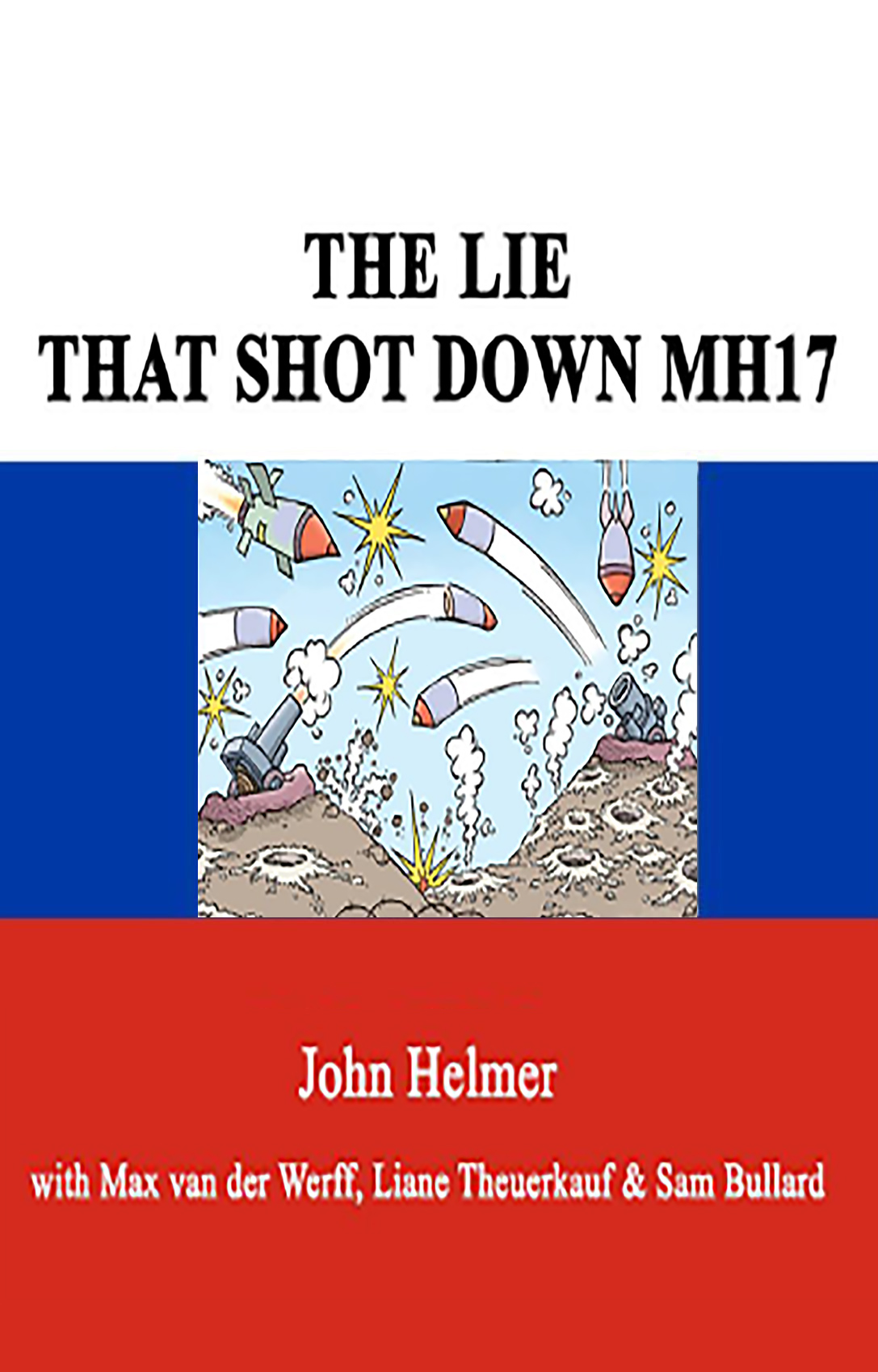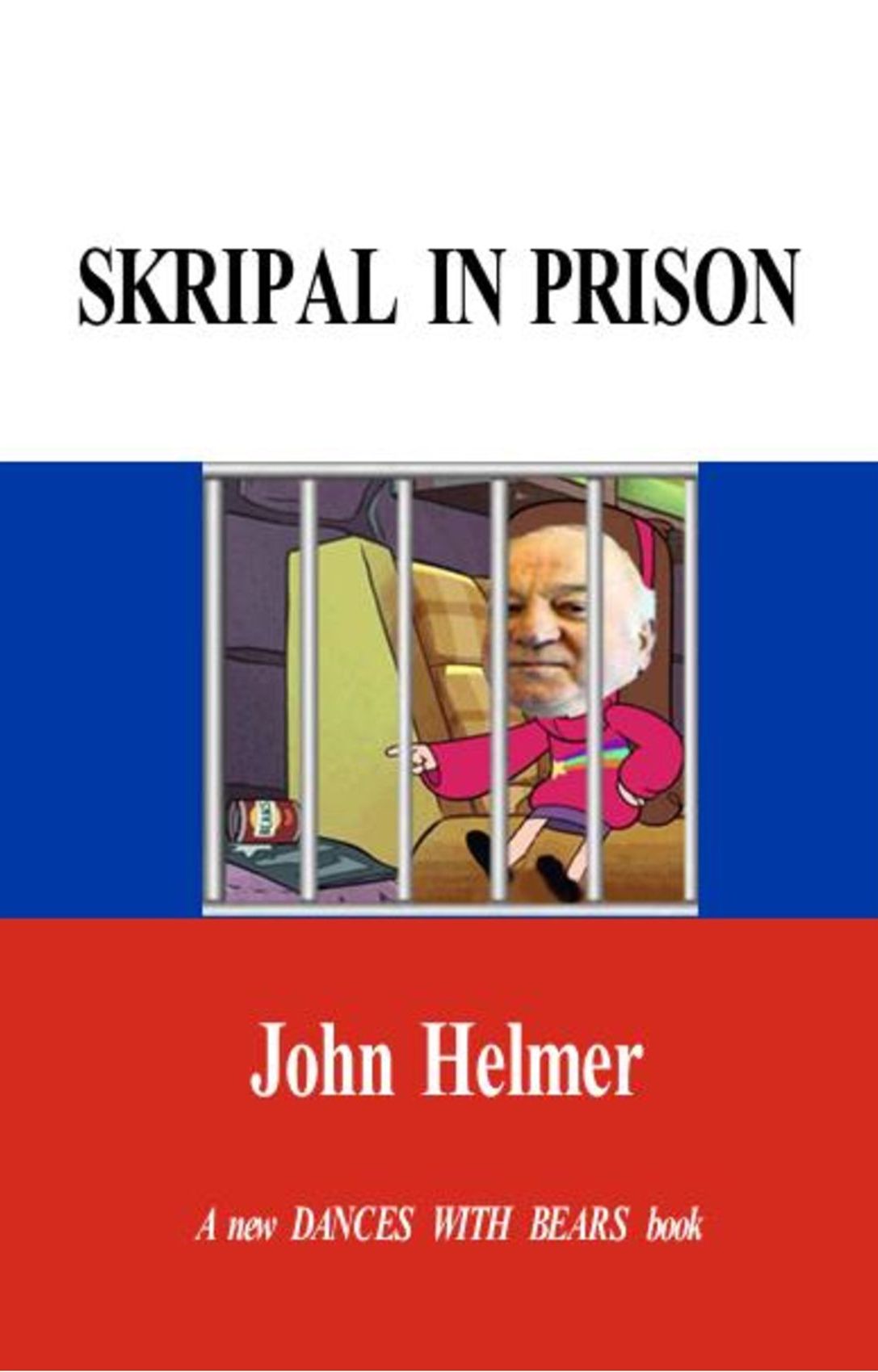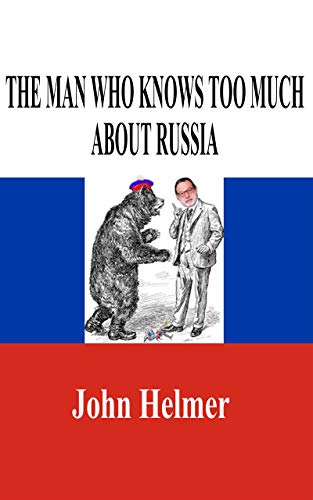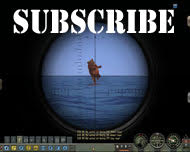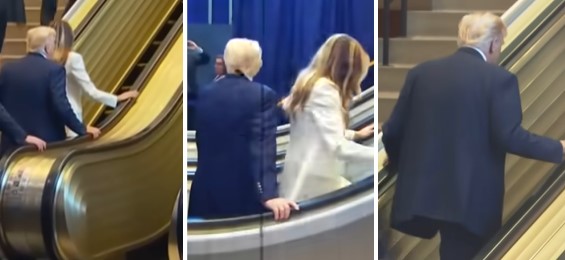
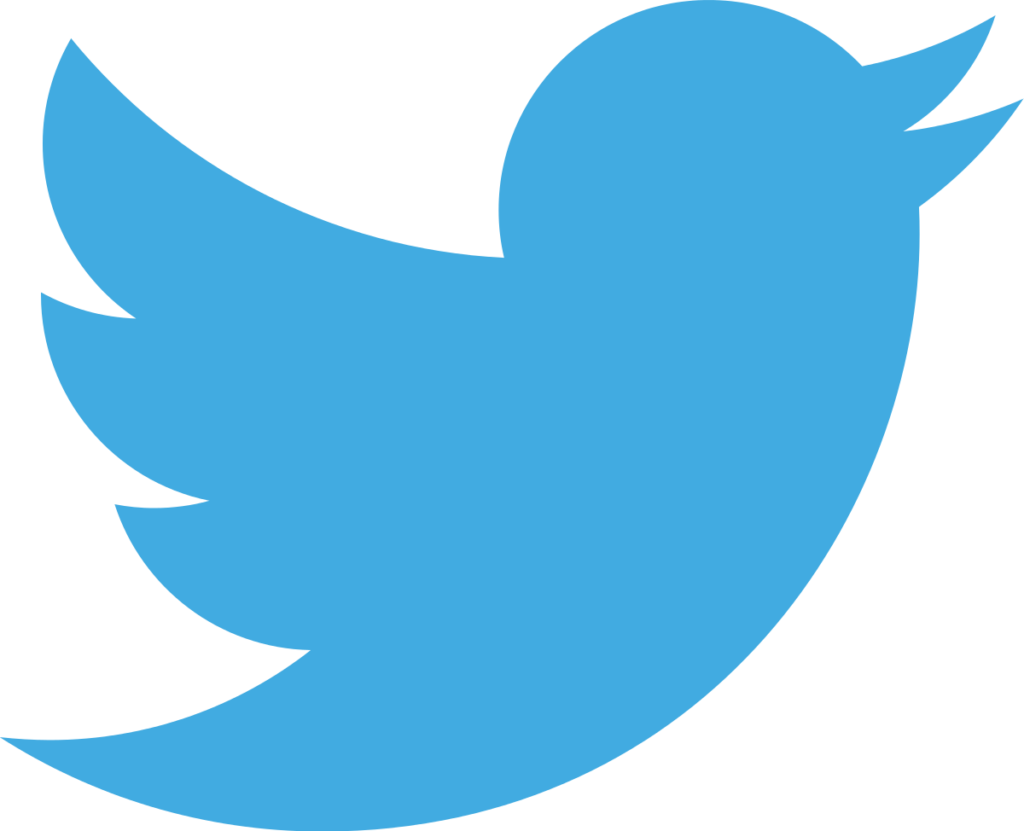
By John Helmer, Moscow
@bears_with
Tuesday was an unremarkable day for President Donald Trump — except for the cuts in electricity for his escalator at the United Nations (UN) building and then for his teleprompter at the General Assembly podium. “Absolutely sabotage”, Trump announced after thinking about it for twenty-four hours.
In his UN script and then his answers to reporters on meeting Vladimir Zelensky for six minutes, Trump repeated factoids, slogans, and jingles. “Frankly, Ukraine is doing a very good job of stopping this very large army. It’s pretty amazing. You know, this is a war that should have ended in three days, four days. People said it was going to be very quick and you got to hand it to the Ukrainian soldiers and everybody involved…Russia doesn’t look very distinguished having taken three and a half years now, right? It’s about three and a half years of very hard fighting. And it looks like it’s not going to end for a long time.”
He also repeated last week’s line that “in the event that Russia is not ready to make a deal to end the war, then the United States is fully prepared to impose a very strong round of powerful tariffs… But for those tariffs to be effective, European nations would have to join us in adopting the exact same measures… they have to immediately cease ALL energy purchases from Russia.”
Trump hasn’t said — isn’t saying — what his deal terms are for President Vladimir Putin or what he doesn’t accept in Putin’s terms. Trump isn’t sure what to do next, he acknowledged to a reporter asking about Putin — “I’ll let you know in about a month from now.” And on US security guarantees for the Ukraine — “that’s later down the road, we’ll be talking about that. Hopefully, we’ll be in a position to talk about that a little bit later on. It’s a little bit too early to answer that question.”
After Trump said that, the White House posted a tweet in the president’s name announcing something he hasn’t said before. The US, the tweet said, will support and arm a combination of Ukrainian and NATO forces for a new eastward offensive, not only across the Donbass, Novorossiya, and Crimea but also into the Russian hinterland.
“Ukraine, with the support of the European Union, is in a position to fight and WIN all of Ukraine back in its original form. With time, patience, and the financial support of Europe and, in particular, NATO, the original Borders from where this War started, is [sic] very much an option…Ukraine would be able to take back their Country in its original form and, who knows, maybe even go further than that! Putin and Russia are in BIG Economic trouble, and this is the time for Ukraine to act. In any event, I wish both Countries well. We will continue to supply weapons to NATO for NATO to do what they want with them. Good luck to all!”
Former President Dmitry Medvedev said this was fantasizing. “Trump is not like that! I have no doubt—he will return. He always returns. Probably in a couple of days, he will suggest [Zelensky] sign a surrender. Or fly to Mars with Musk, whom he pardoned. Or do something else very important that will allow him to claim a Nobel Prize. The main thing is to frequently and radically change your point of view on various issues. And everything will be fine. This is the essence of successful state governance through social networks. And, as they say, thank you for your attention to this subject!”
US and NATO plans have estimated that a single army corps for such an offensive would require at least 1,400 tanks, 2,000 infantry fighting vehicles, 700 artillery pieces, and at least 50,000 troops. Russian estimates are that several corps would be required for such an offensive capable of attacking the Russian lines at several different points simultaneously, plus air cover, naval support from the Black Sea, and secure supply lines running from Romania, Moldova, and Poland.
Trump told Macron at the UN: “it could be that Russia is a paper tiger… I don’t know what they are, but three and a half years of fighting and killing everybody and killing 7,000 people a week for nothing, for nothing…But most of you have seen the recent statement I put out a little while ago and I’m glad you got it. But I feel that way. I really do feel that way. Let them get their land back.”
Them, not us, he meant as Macron nodded slightly.
But was this another ally-reversal ploy (ARP) like the European oil cutoff condition which the Trump Administration knows the Europeans will not agree to? Was the White House author of Trump’s new tweet saying that if the Europeans and Ukrainians can assemble several hundred thousand men to attack Russia, the US will take their money for the weapons — win or lose at their cost, US profit?
Trump conceded at the UN that he needs electricity to make his claims and that it’s sabotage when his power is cut.
The Russian General Staff has been demonstrating this week a new round of the electric war campaign to make the same point.
(more…)
